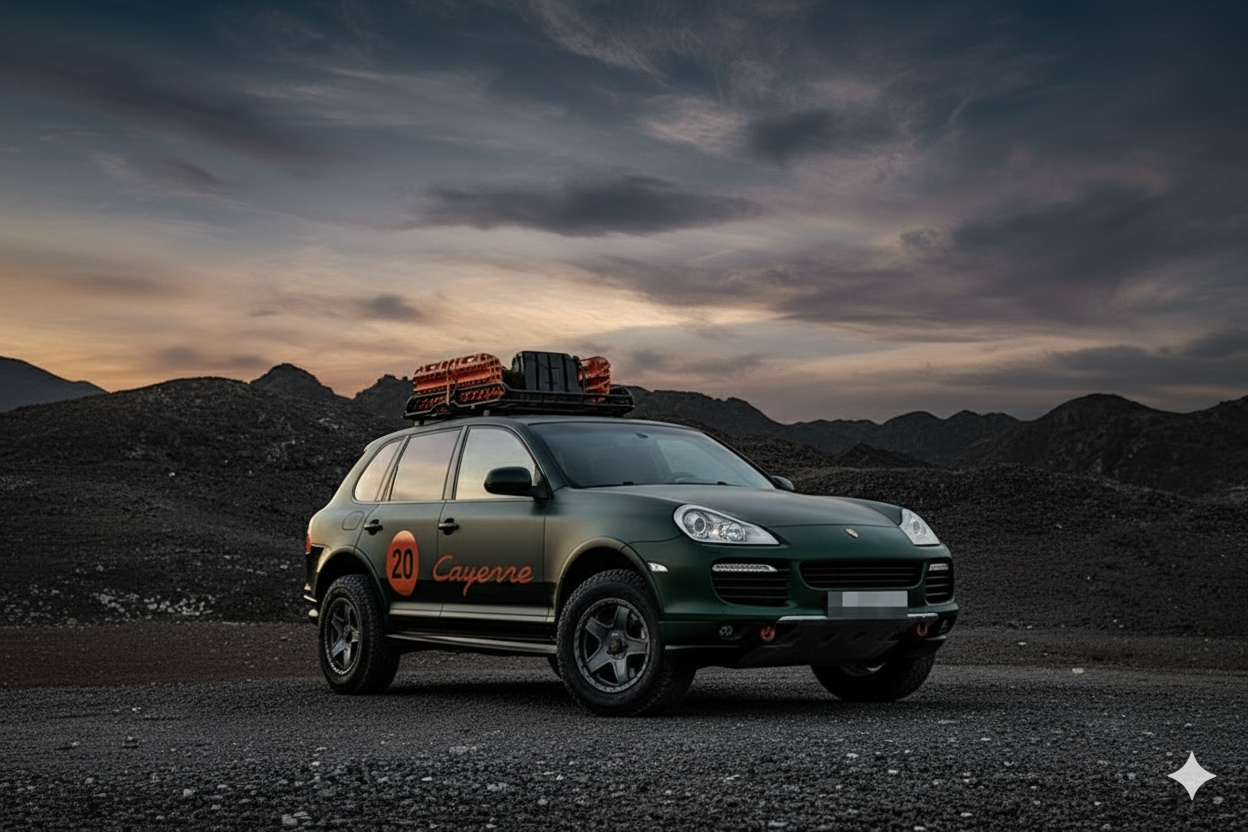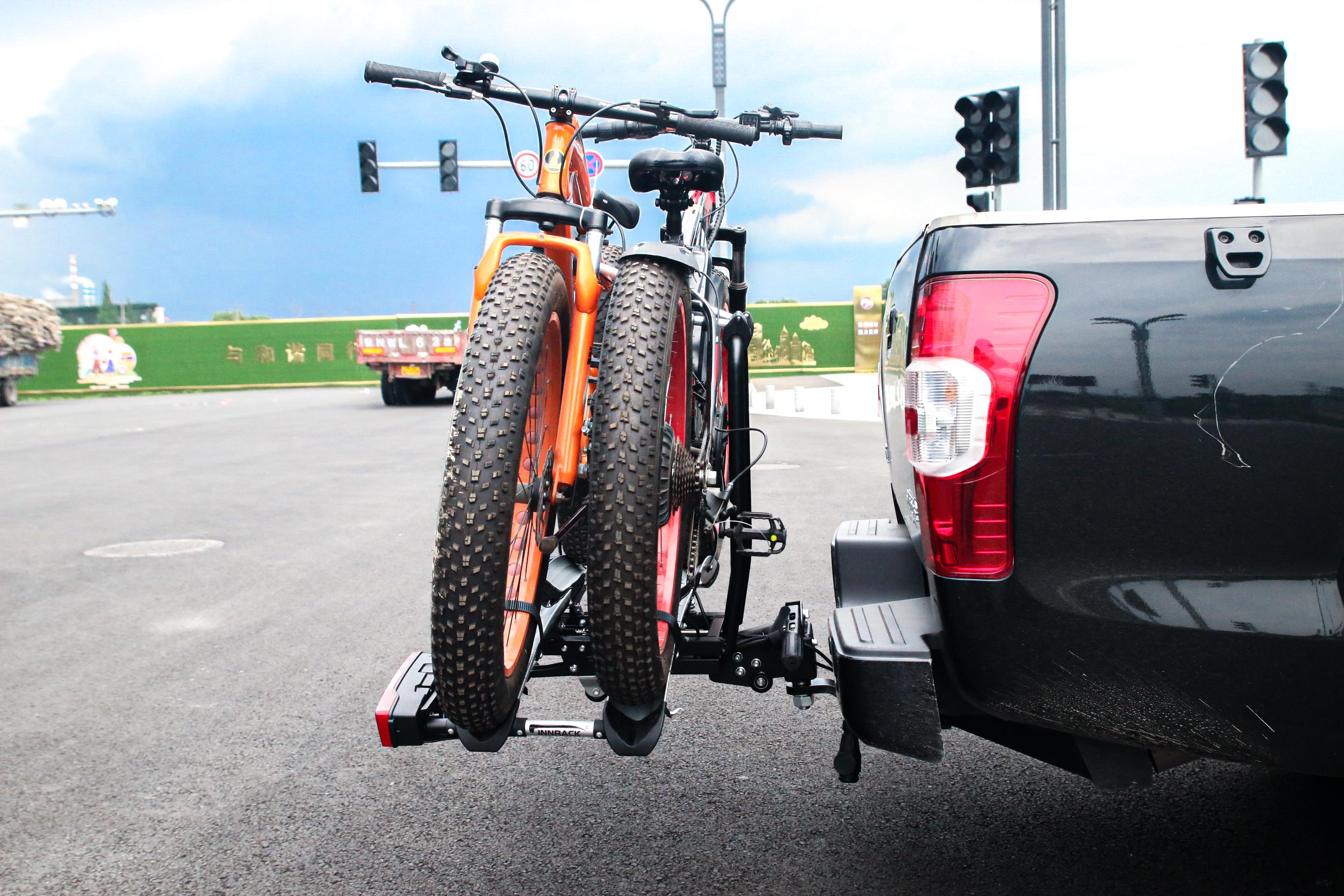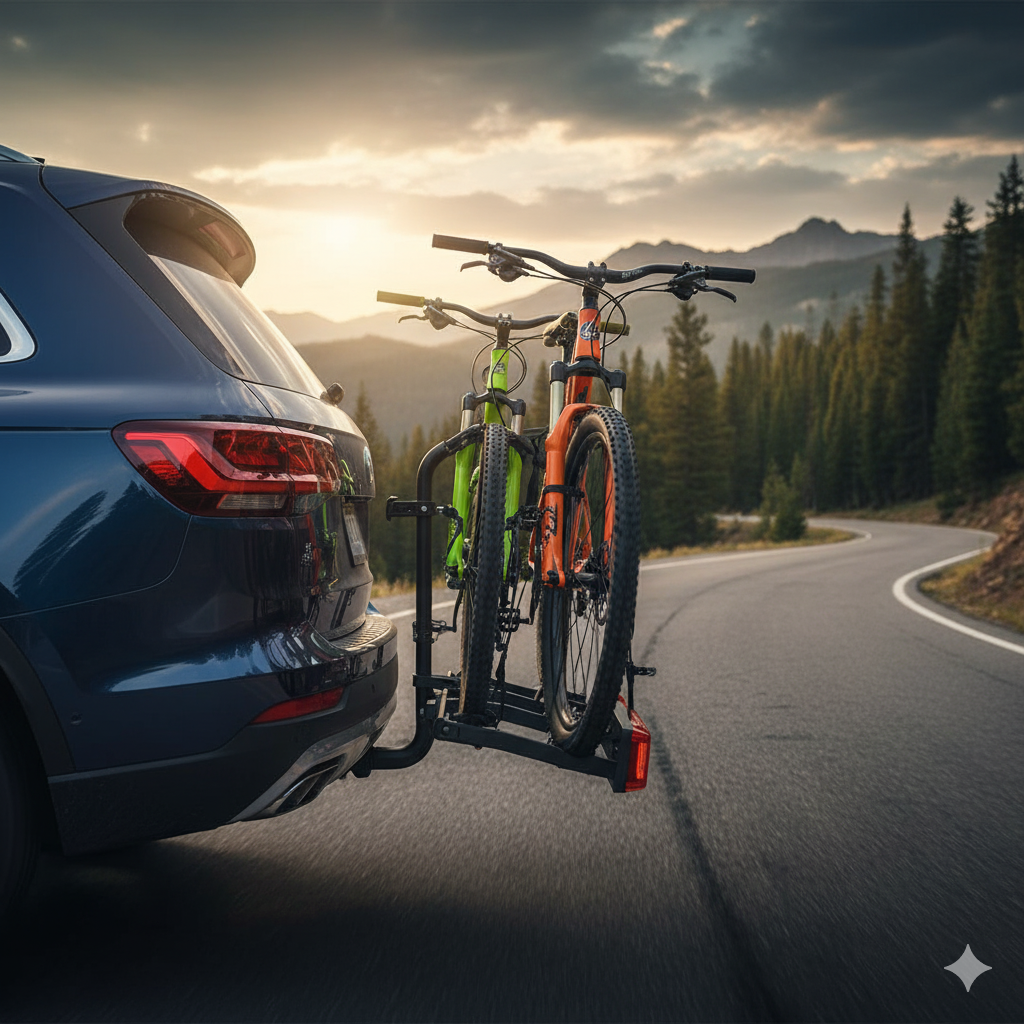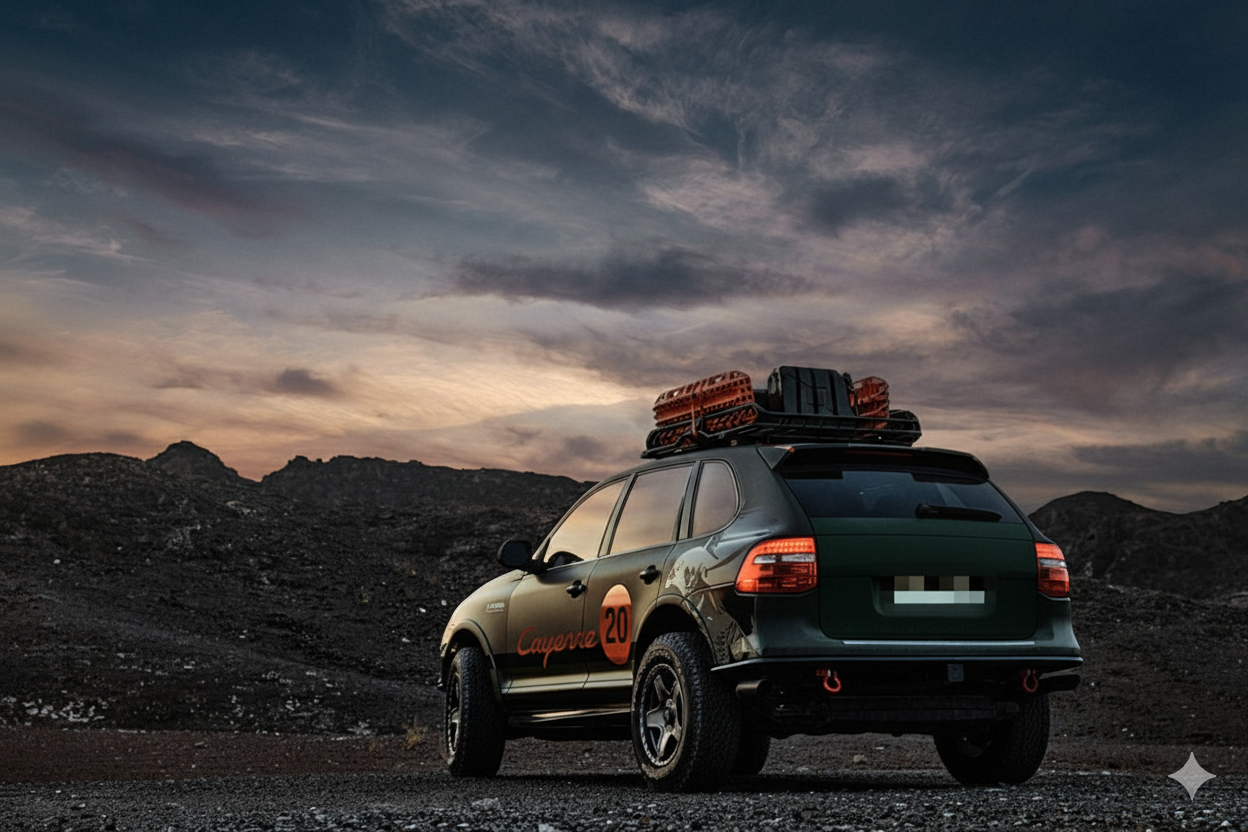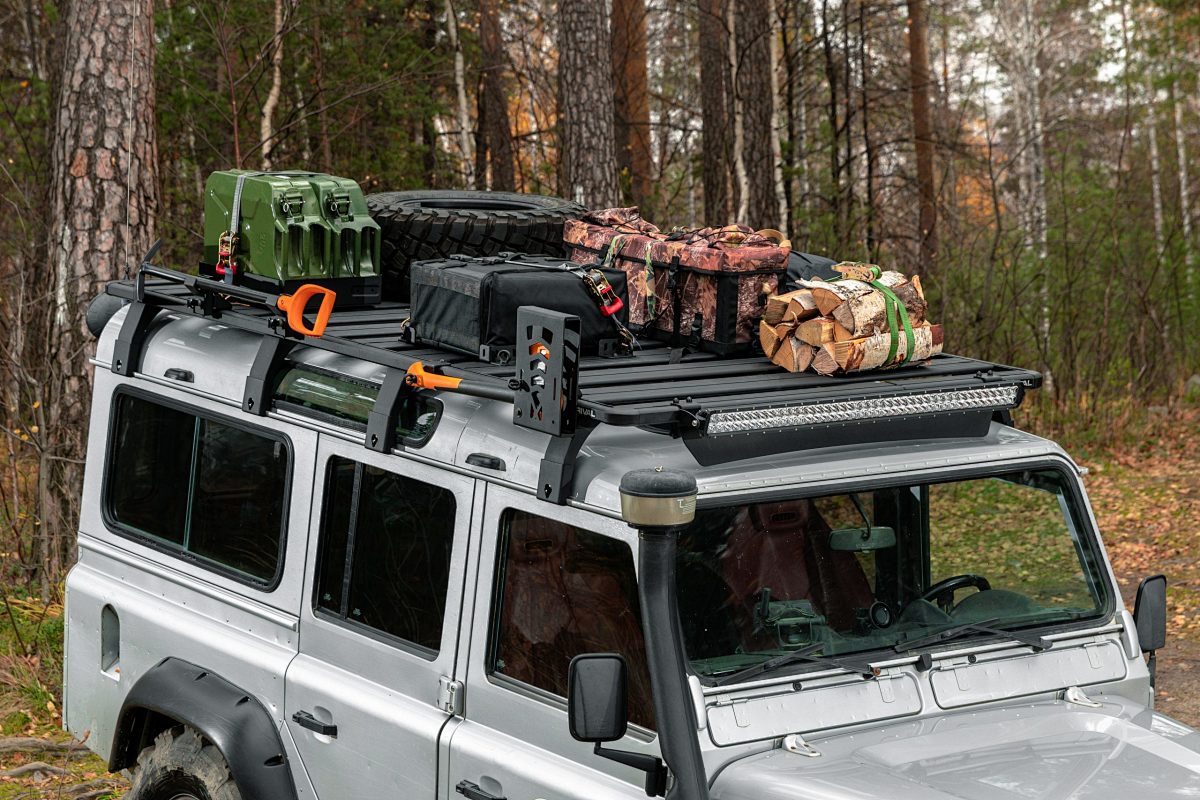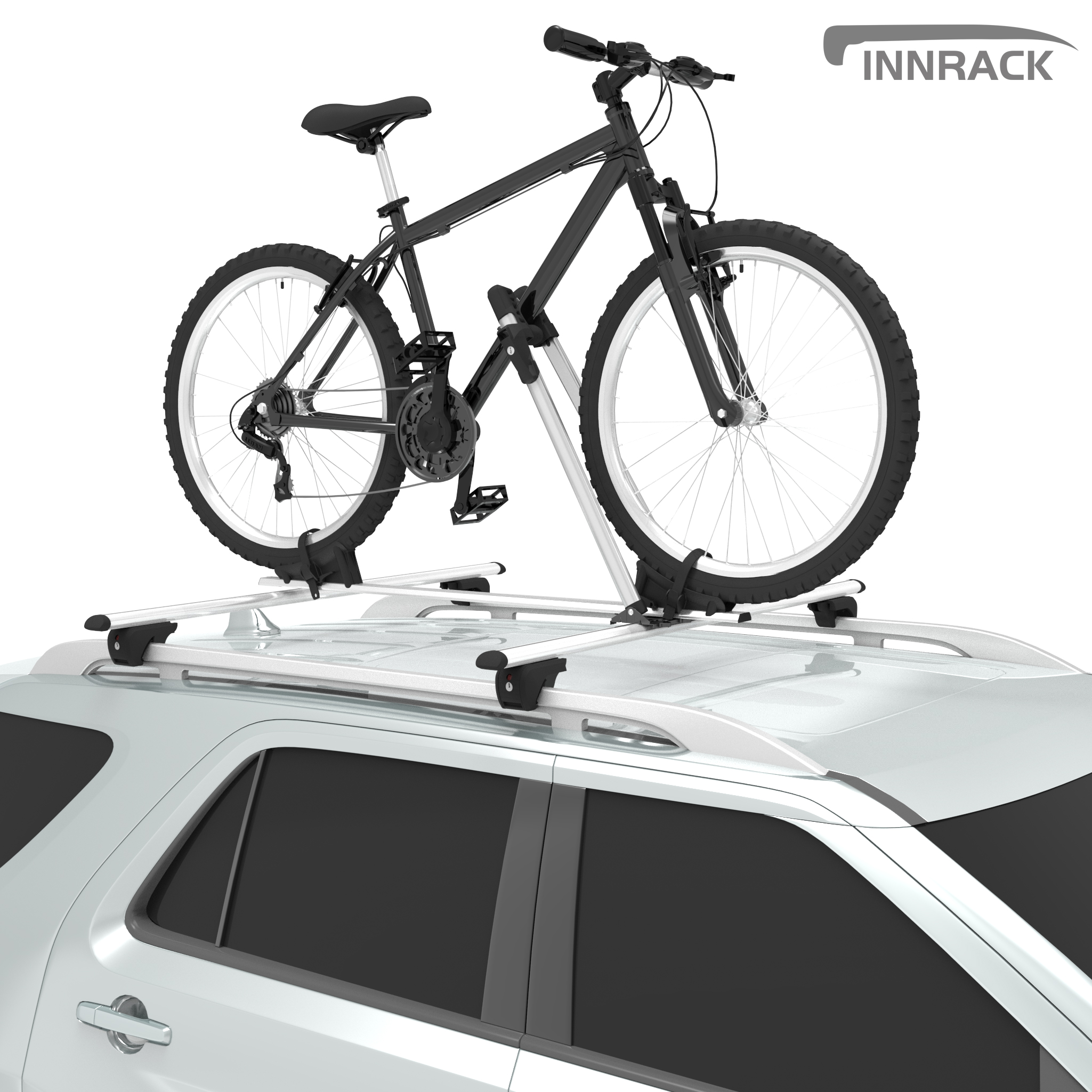
From Aerodynamics to Adaptability: Inside the Car Roof Bar Factory Shaping Global Mobility
At first glance, a car roof bar looks simple—two aluminum rails crossing a vehicle roof.
But beneath that simplicity lies an intricate balance of aerodynamics, structural integrity, and multi-vehicle adaptability.
As vehicles evolve and global mobility expands, the role of the car roof bar factory is no longer limited to bending metal. It has become an intersection of material science, computational engineering, and user-centered design—and few manufacturers illustrate that better than INNRACK.
The Hidden Engineering of a Roof Bar
A roof bar isn’t just a carrier; it’s a structural bridge between the vehicle’s chassis and external load.
It must withstand dynamic vibration, aerodynamic drag, and torque stress from cargo—all while maintaining silence and minimal energy loss.
Load Transfer Logic Simplified:
-
Vertical Load — from cargo down through bar → mount → roof rail.
-
Lateral Load — during cornering, absorbed by clamp geometry.
-
Torsional Load — from braking or uneven road force, resisted by joint reinforcement.
| Component | Function | Engineering Consideration | INNRACK Implementation |
|---|---|---|---|
| Main Bar Profile | Supports overall load | Aerodynamic contour, torsional rigidity | 6063-T6 aluminum teardrop extrusion |
| Mounting Foot | Transfers load to vehicle | Anti-slip precision fit | Die-cast aluminum with rubber isolation |
| Clamp System | Locks bar to rail | Controlled torque retention | Zinc-plated adjustable clamps |
| Surface Finish | Weatherproof protection | Corrosion and UV resistance | Dual-layer powder + anodizing |
| End Cap Design | Manages airflow & sealing | Noise reduction | Sealed aerodynamic closure caps |
The teardrop-shaped aluminum profile reduces drag by up to 12% compared with flat or circular bars, resulting in both lower wind noise and improved fuel efficiency.
Aerodynamic Precision: The Science of Quiet Strength
At 120 km/h, airflow behaves unpredictably around the roofline.
Traditional rectangular bars create turbulence, which leads to whistling noise, fuel loss, and load instability.
Modern factories like INNRACK address this with CFD (Computational Fluid Dynamics) modeling to analyze pressure zones before tooling even begins.
Aerodynamic Comparison Table:
| Bar Shape | Drag Coefficient (Cd) | Noise Output | Result |
|---|---|---|---|
| Round Tube | 0.42 | 72 dB | High turbulence |
| Flat Beam | 0.38 | 68 dB | Moderate noise |
| Teardrop Profile | 0.31 | 59 dB | Optimal airflow & quiet performance |
Aerodynamic optimization is not a marketing term—it directly determines how efficiently the vehicle performs with cargo mounted on top.
Material Engineering: Balancing Lightness and Strength
Durability begins with the right alloy composition.
INNRACK utilizes 6063-T6 aerospace-grade aluminum, known for its high yield strength (≥240 MPa) and resistance to fatigue cracking.
Why Aluminum Dominates the Industry:
-
45% lighter than steel → less strain on vehicle suspension.
-
Natural corrosion resistance → ideal for coastal or humid regions.
-
Consistent thermal expansion → stable under -40°C to 80°C.
Complementary Components:
-
Die-cast aluminum mounting feet ensure consistent geometry.
-
Elastomer isolation pads prevent galvanic corrosion.
-
Zinc-coated fasteners maintain grip through 10,000 vibration cycles.
Always verify that aluminum bars are heat-treated and anodized—raw extrusions corrode within months in salt or UV-heavy markets.
Adapting to Global Vehicle Diversity
Vehicles across regions vary widely: flush rails in Europe, raised rails in SUVs, fixed points in Asia.
A capable car roof bar factory must integrate adaptability without compromising fit precision.
| Roof Type | Common Challenge | INNRACK Adaptation |
|---|---|---|
| Flush Rail | Hidden anchor points | Customized feet with concealed clamps |
| Raised Rail | Slippage under torque | Anti-slip grooves + torque-limited bolts |
| Fixed Point Mount | Load concentration | Reinforced brackets with rubber gaskets |
| Rain Gutter | Uneven surface | Universal clamp with pivoting base |
Adaptability doesn’t mean “one size fits all”—it means engineered flexibility, where tolerances and forces are pre-calculated for each interface type.
Durability Testing: Verifying Strength Under Motion
INNRACK’s factory testing simulates thousands of kilometers of real-world stress before mass production approval.
Validation Includes:
-
Vibration Endurance: 10,000-cycle fatigue test.
-
Static Load Test: 3× rated capacity to verify deformation limits.
-
Salt Spray Exposure: 240-hour corrosion test (ISO 9227).
-
UV Aging Simulation: 5-year equivalent sunlight exposure.
-
Torque Retention Test: Ensures 100% clamp stability post-vibration.
These tests aren’t for certification alone—they prove that every unit shipped performs consistently, regardless of destination climate or usage pattern.
Choosing the Right car roof bar
Different environments and buyer expectations demand specific configurations.
The following table summarizes how to align product specification with market application:
| Application | Recommended Design | Buyer Priority | Typical Market |
|---|---|---|---|
| Urban commuters | Teardrop aerodynamic bar | Noise reduction | Europe, Japan |
| SUV and off-road fleets | Reinforced rectangular bar | Strength & endurance | Australia, North America |
| Rental & logistics fleets | Modular bar system | Easy replacement | Global |
| OEM automotive brands | Vehicle-specific molded bar | Seamless integration | EU / OEM programs |
| Retail distributors | Universal-fit adjustable bar | SKU efficiency | Asia-Pacific, LATAM |
For distributors, two modular SKUs can cover over 80% of common vehicles—reducing stock cost while maximizing market coverage.
Technical Insights for OEM and Distribution Partners
Q1: How can aerodynamic testing improve long-term performance?
A: It reduces noise fatigue and fuel inefficiency—critical for fleet and OEM evaluations.
Q2: Why prioritize anodized aluminum over painted steel?
A: Anodizing prevents corrosion and maintains mechanical precision even under UV and salt exposure.
Q3: Can roof bars be standardized across multiple vehicle lines?
A: Yes. INNRACK’s modular clamp kits allow one system to adapt to different rail geometries with minimal tooling.
Q4: How should distributors evaluate factory quality claims?
A: Request test reports—vibration, torque, salt spray—and verify ISO/TÜV certification origins.
Q5: What defines a reliable roof bar factory partnership?
A: Engineering documentation, consistent QC traceability, and transparency in material sourcing.
Shaping the Future of Mobility, One Bar at a Time
The best engineering often hides in plain sight.
Car roof bars may look simple, but they embody the precision, strength, and adaptability that define modern mobility systems.
At INNRACK, every extrusion, joint, and clamp represents years of engineering refinement and testing discipline.
Because carrying cargo isn’t just about space—it’s about safety, silence, and seamless fit.
Explore INNRACK’s engineering-grade solutions on our homepage or reach our team here.

